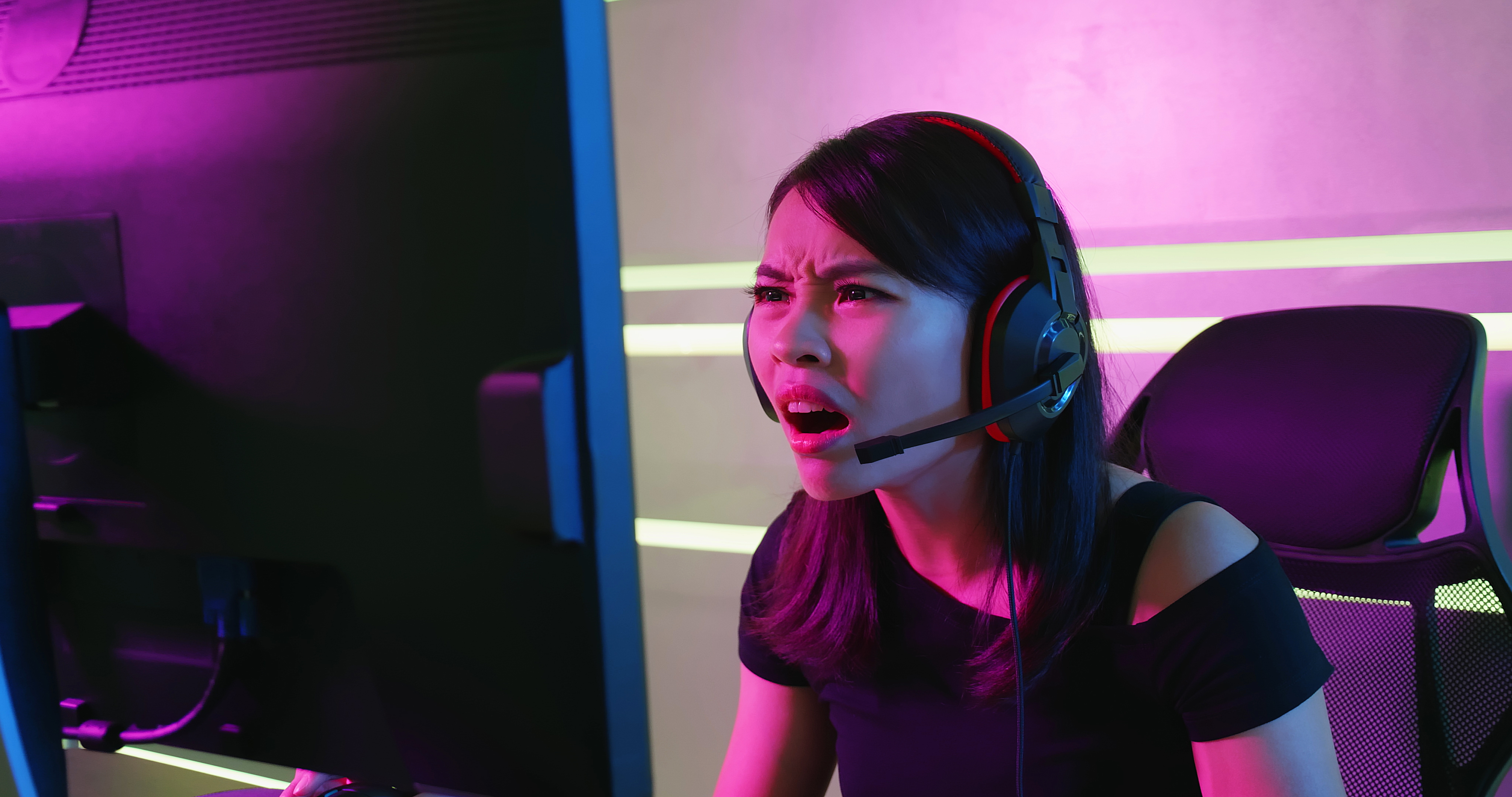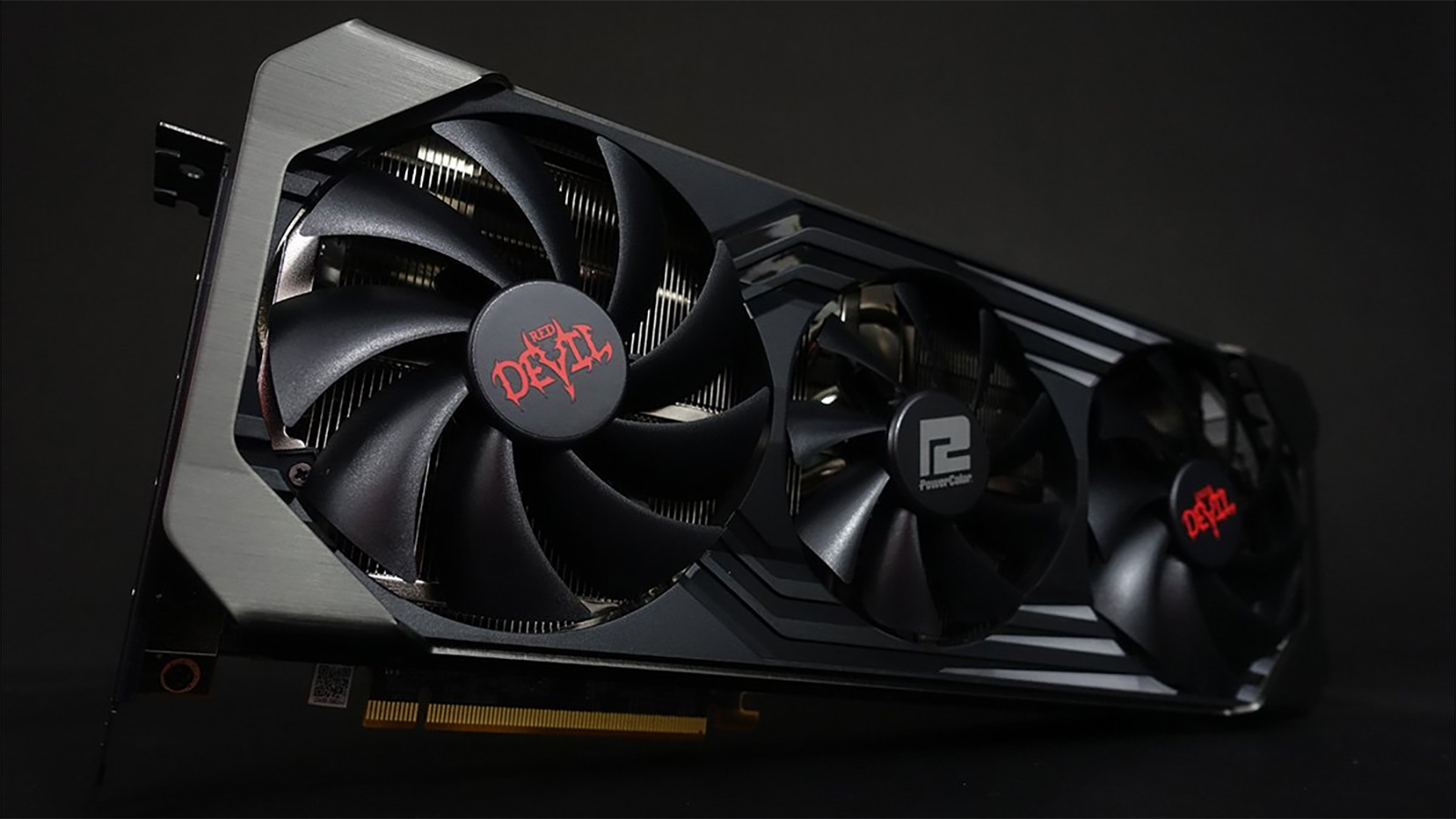AMD has ended support for RX 6000 GPUs – here's why it's a massive blunder in the battle against Nvidia
PC gamers with RDNA 2 GPUs are angry – and I don't blame them

- AMD no longer supports RX 6000 or earlier GPUs in its drivers
- Those graphics cards are now in 'maintenance mode' so they don't get new features or game optimizations
- They'll still receive security patches, but these GPUs being pushed out of full support so soon has not gone down well with gamers who have them
AMD is stopping work on optimizing its Radeon graphics drivers for some older GPUs – and that includes models which are still relatively new, namely the RX 6000 series.
The first hint of this was provided in the release notes for the new Adrenalin v25.10.2 driver, in which AMD states that: "New Game Support and Expanded Vulkan Extensions Support is available to Radeon RX 7000 and 9000 series graphics products."
In other words, new game optimizations aren't provided for RX 6000 or earlier GPUs.
Tom's Hardware then received confirmation from AMD about exactly what this means, namely that: "In order to focus on optimizing and delivering new and improved technologies for the latest GPUs, AMD Software Adrenalin Edition 25.10.2 places Radeon RX 5000 series and RX 6000 series graphics cards (RDNA 1 and RDNA 2) in maintenance mode."
What this means, then, is that new features, and game optimizations – bug fixing and performance tweaking for the latest games, such as Battlefield 6 with the v25.10.2 driver – are only implemented for RX 7000 or newer AMD graphics cards. So RX 6000 (and RX 5000) models are no longer catered for in this respect.
What RX 6000 GPUs will continue to receive is security fixes for vulnerabilities, but nothing else sadly.
Analysis: fine whines – which are justified, frankly

There's been a lot of bad feeling aired over this decision, in that it's just too soon for AMD to be ending support for RX 6000 graphics cards. Remember, these RDNA 2 GPUs only came out five years ago, and indeed there have been models released as recently as 2023 (the RX 6750 GRE – and the RX 6750 XT itself, and other XT variants, hit the shelves in 2022).
Sign up for breaking news, reviews, opinion, top tech deals, and more.
Lots of gamers are still using RX 6000 GPUs as a result – in fact I have one in my backup Windows 11 desktop PC, an RX 6650 XT, so apparently that's now out of support. This is a computer I only bought a couple of years ago. Indeed, I was still recommending the RX 6600 as a good budget GPU choice just a year ago.
On top of RX 6000 GPUs being too freshly released to have AMD throw the towel in on the support front, this is also a very bad look considering AMD has been trying to persuade gamers about the quality of its drivers in recent times.
Historically, many people have preferred Nvidia GPUs due to perceptions around driver quality and overall reliability – but AMD has improved its standing here more recently. (Nvidia's Blackwell generation and all its missteps didn't help Team Green's cause here).
And yet we now have AMD pushing aside a range of graphics cards which only came out five years ago (or less in some cases), undoing some of this good work when you look at Nvidia's comparative stance on support.
Team Green is still supporting RTX 2000 GPUs with game optimizations – products that came out seven years ago. Indeed, the two generations preceding RTX 2000 – Pascal and Maxwell – have only just exited support now, having been catered for by Team Green for nine and 11 years respectively. In the latter case, that's over twice as long as AMD has maintained game optimization work for RX 6000 GPUs. Like I said, it's not a good look at all.
Some may, and indeed are, arguing that game optimizations in drivers aren't that important, and this work is overrated. While in some cases that may be true to an extent, and any tweaks may not be particularly vital, or even noticeable, just wait until you get some GPU driver flaw that corrupts the textures in that shiny new game you just bought – and there's no fix coming for your RX 6000 graphics card. It's not a pleasant thought, especially if you bought that RDNA 2 GPU just last year.
You can see why AMD is taking a lot of flak over this now – and there's perhaps a chance that we may yet see a change of heart from Team Red given the outpouring of barbs that's been witnessed across many online forums.
To pick up another concern raised in some quarters, if you're worried about the Steam Deck, or other handhelds that use AMD APUs with RDNA 2 integrated graphics, remember this is the Windows driver AMD is talking about. In the world of Linux, where SteamOS lives, the Radeon driver is different, and Phoronix.com makes a convincing case as to why AMD's decision here shouldn't impact support on this side of the fence. At least that's some small consolation.
As a final note, there's another controversy bubbling around AMD's latest Radeon driver release, with some believing that support for Windows 10 has also been dropped – but fortunately, that isn't the case.

➡️ Read our full guide to the best mini PCs
1. Best overall:
Apple Mac mini (M4)
2. Best on a budget:
GMKtec NucBox M5 Plus
3. Best for Windows:
Geekom AX8 Pro
Follow TechRadar on Google News and add us as a preferred source to get our expert news, reviews, and opinion in your feeds. Make sure to click the Follow button!
And of course you can also follow TechRadar on TikTok for news, reviews, unboxings in video form, and get regular updates from us on WhatsApp too.
Darren is a freelancer writing news and features for TechRadar (and occasionally T3) across a broad range of computing topics including CPUs, GPUs, various other hardware, VPNs, antivirus and more. He has written about tech for the best part of three decades, and writes books in his spare time (his debut novel - 'I Know What You Did Last Supper' - was published by Hachette UK in 2013).
You must confirm your public display name before commenting
Please logout and then login again, you will then be prompted to enter your display name.